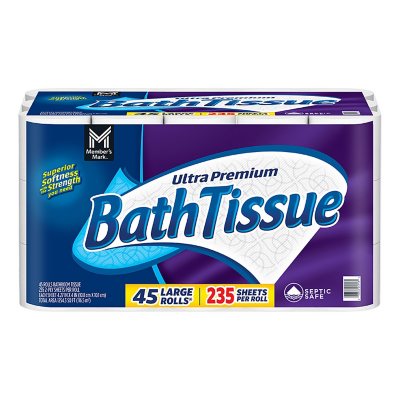Gain Ultra Dishwashing Liquid Dish Soap, Honeyberry Hula Scent, 75 fl oz
2X MORE Grease Cleaning Power (cleaning ingredients per drop vs. Dawn Non Concentrated). Lifts & Locks Away Grease. Great Clean, Great Scent, Great Price. New More Powerful Formula. Honeyberry Hula Scent.
At last the irresistible scent of Gain comes to dishwashing. For a fantastic clean with a great scent experience, try Gain Ultra dishwashing liquid dish soap.
- 2X MORE Grease Cleaning Power (cleaning ingredients per drop vs. Dawn Non Concentrated)
- Lifts & Locks Away Grease
- Great Clean, Great Scent, Great Price
- New More Powerful Formula
- Honeyberry Hula Scent
Additional information
| Assembled Product Dimensions (L x W x H) | 6.00 x 10.00 x 11.00 Inches |
|---|






by Margie
I really like this stuff. The price is awesome but the smell is very pleasant. It washes my dishes very well and saves me bunches of money. It makes my kitchen smell good too at dishwashing time!
by Kim
The best smell and great grease cutter. Replaced Dawn with Gain.
by Achic
Was going to replace Dawn dish detergent – since it’s too expensive- with this new Gain product. Very leathery soapy. However, Dawn is still the best
by Booger
True to the label scent! Really likeable scent!
by Maria
I like it’s big size but the packaging the box was ripped I don’t no if missing my order.